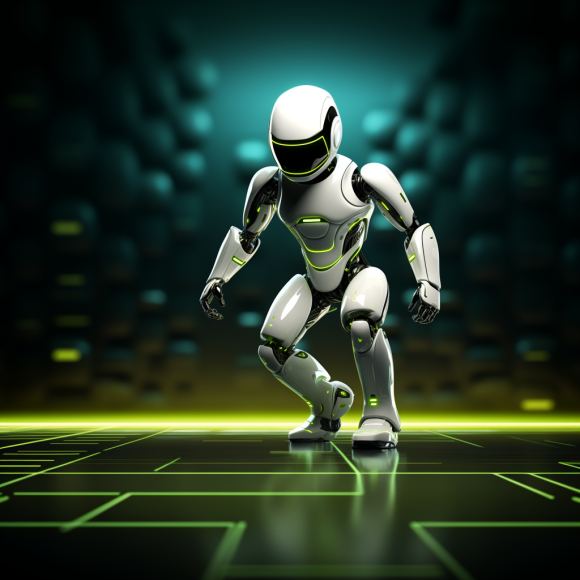Most people are familiar with how robotic machines are used in factory environments to speed up production and ensure uniformity.
However, some companies are expanding the ways robots are used to keep places more productive and sometimes reduce the burden on human workers. Below, you can learn about several companies that are experimenting with robot productivity.
Dell Inc.
The Austin, Texas branch of Dell Inc. is evaluating if a robotic machine called the Briggo Coffee Haus can replicate the tasty drinks delivered by a skilled barista. According to the robot’s creators, the machine remembers which type of beverage a person orders, and stores it in a cloud-like memory that allows a different Briggo machine in another location to also recall the drink and make it the same way a customer likes. Customers can even order their drinks online and pick them up later.
The University of Texas had a pilot program for the Briggo Coffee Haus robot, but according to Yelp reviews, it is no longer operting. However, people who have access to the Round Rock 2 cafeteria at the Austin Dell Inc. branch can give the Briggo Coffee Haus a try.
Geppetto Labs
This company has developed a robot named Sophie that helps diagnose medical ailments. Sometimes patients need to snap photos of certain problems, such as skin conditions. In other cases, Sophie picks up on things like body language and tone of voice to make a decision about whether it’s time to visit a doctor.
When necessary, all the necessary information Sophie has gathered gets passed onto a physician. The developers think patients may be more willing to open up about their health issues when talking to a machine instead of a white-coat-wearing human.
Mitsukoshi Department Store
A robot named ChihiraAico has been developed by Toshiba and installed in the Mitsukoshi department store in Japan. Equipped with 43 motors, the female robot can communicate in several languages, including Japanese Sign Language. The robot’s creators hope to facilitate communication among guests and use ChihiraAico to help them go to the right areas of the store when they are looking for certain things.
Eat Greater Des Moines
A non-profit organization called Eat Greater Des Moines hopes to bring a robotic grocery store to residents of Des Moines, Iowa. The robot features a touchscreen panel and functions like a very upscale vending machine.
Customers will be able to select the items they want from the screen, and then get them dispensed from a bulletproof structure that’s monitored by security cameras. The people behind the project have already held focus groups with area residents to find out what kinds of foods they would most like to see stocked in the unconventional grocery store.
The plan is for groceries to be brought to a neighborhood that is underserved. Conveniently, the robotic shop will accept several forms of payment, including Supplemental Nutrition Assistance Program cards, and have hundreds of items inside.
Haneda Airport
There’s been an increased demand for airport services in Tokyo’s Haneda Airport. To compensate, managers there have recently signed a contract to use several different robotic models that are manufactured by a company called Cyberdyne.
One of the models is an exoskeleton called the Hybrid Assisted Limb, or HAL. Airport employees can wear it to get help lifting heavy objects or even handle merchandise in airport shops more efficiently. The robots can detect electrical signals from a wearer’s brain and then facilitate his or her movements.
Perhaps these examples have inspired you and helped clarify that, usually, these robots aren’t being built to replace human workers but give a helping hand and provide employees with more time to get engrossed in tasks that are better tailored to their skills.
[mc4wp_form]
Recent Stories
Follow Us On
Get the latest tech stories and news in seconds!
Sign up for our newsletter below to receive updates about technology trends















